Learn how to dry basil leaves at home with our step-by-step guide. Discover different methods, storage tips and uses for dried basil. Perfect for gardeners and home cooks.
Basil is a tasty herb that many people like to use in their cooking. It’s great in pasta dishes, salads and even on pizza. But what do you do when you have too much fresh basil? You can dry it! Drying basil is a good way to save it for later. In this guide, we’ll show you how to dry basil leaves at home. It’s easier than you might think!
Here’s an information chart about basil:
| Attribute | Details |
|---|---|
| Botanical Name | Ocimum basilicum |
| Common Name | Basil |
| Plant Name | Basil |
| Zone | USDA Zones 10-11 |
| Sun Exposure | Full Sun |
| Soil Type | Well-drained, fertile |
| Watering | Moderate, keep soil moist |
| Growth Habit | Upright, bushy |
| Height/Spread | 1-2 feet tall / 1-2 feet spread |
| Special Features | Aromatic leaves, culinary uses, attracts pollinators, easy to grow |
Why Dry Basil?
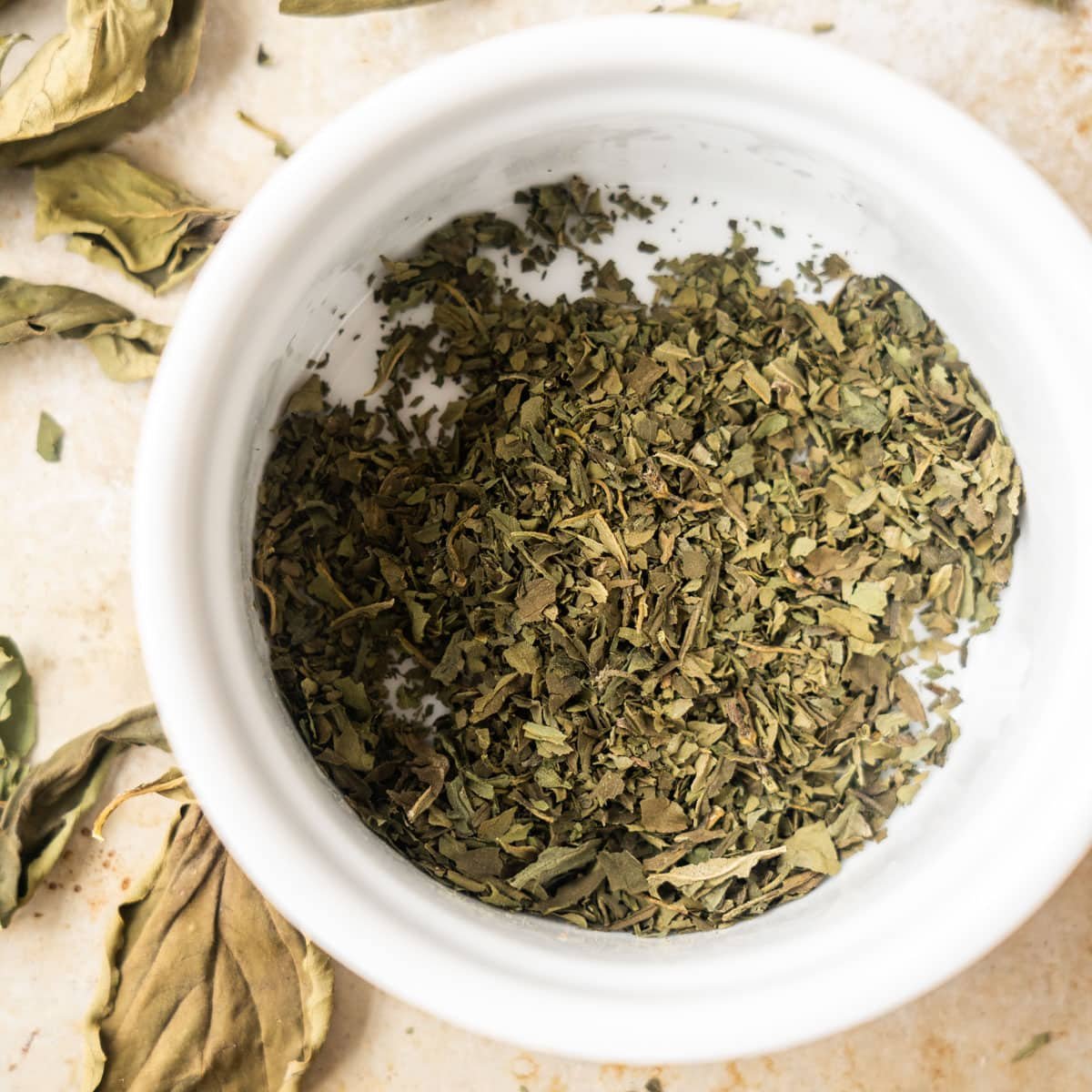
Here’s a simplified and verified chart for Dry Basil:
| Aspect | Details |
|---|---|
| Botanical Name | Ocimum basilicum |
| Common Name | Basil |
| Plant Zone | Zones 10-11 |
| Sun Exposure | Full sun |
| Soil Type | Well-draining, fertile soil |
| Watering | Regular, moderate watering |
| Growth Habit | Bushy, compact |
| Height/Spread | 12-24 inches (30-60 cm) tall, 12-18 inches (30-45 cm) wide |
| Special Features | Aromatic leaves used in culinary dishes, attracts pollinators |
Drying basil is useful for a few reasons:
- It lasts longer than fresh basil.
- You can use it all year round, even when basil isn’t growing.
- It takes up less space in your kitchen than fresh basil.
- Dried basil has a stronger flavor, so you need to use less of it.
Before You Start
Before you dry your basil, there are a few things to know:
- Pick basil leaves in the morning after the dew has dried but before the sun gets too hot.
- Choose healthy leaves without spots or damage.
- Don’t wash the leaves unless they’re very dirty. If you need to wash them, make sure they’re completely dry before you start the drying process.
- Remove any stems from the leaves.
Now, let’s look at different ways to dry basil.
Air Drying

Air drying is the easiest way to dry basil. Here’s how to do it:
- Gather small bunches of basil (about 5-10 stems).
- Tie the stems together with string or a rubber band.
- Hang the bunches upside down in a warm, dry place out of direct sunlight.
- Leave them for 1-2 weeks until the leaves are crisp and crumble easily.
Air drying works well if you live in a dry climate. If it’s humid where you live, you might need to use a different method.
Using a Food Dehydrator
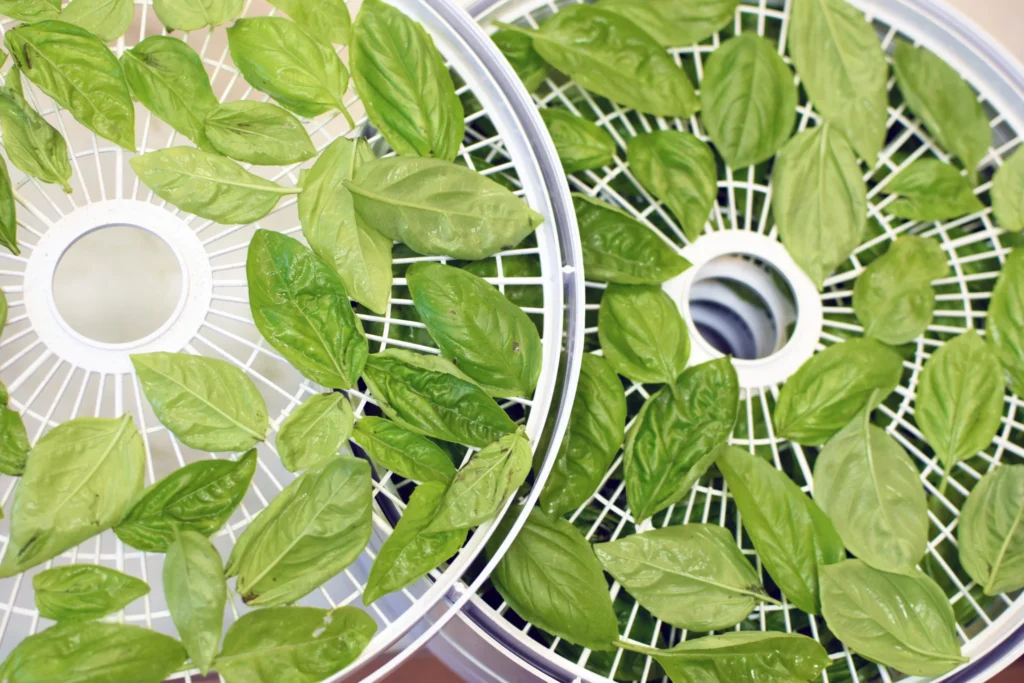
A food dehydrator is a machine that dries food using warm air. If you have one, here’s how to use it for basil:
- Spread basil leaves on the dehydrator trays in a single layer.
- Set the temperature to the lowest setting (usually around 95°F or 35°C).
- Dry for 2-4 hours, checking every hour.
- The basil is ready when it crumbles easily.
Using a dehydrator is faster than air drying and works well in humid areas.
Oven Drying
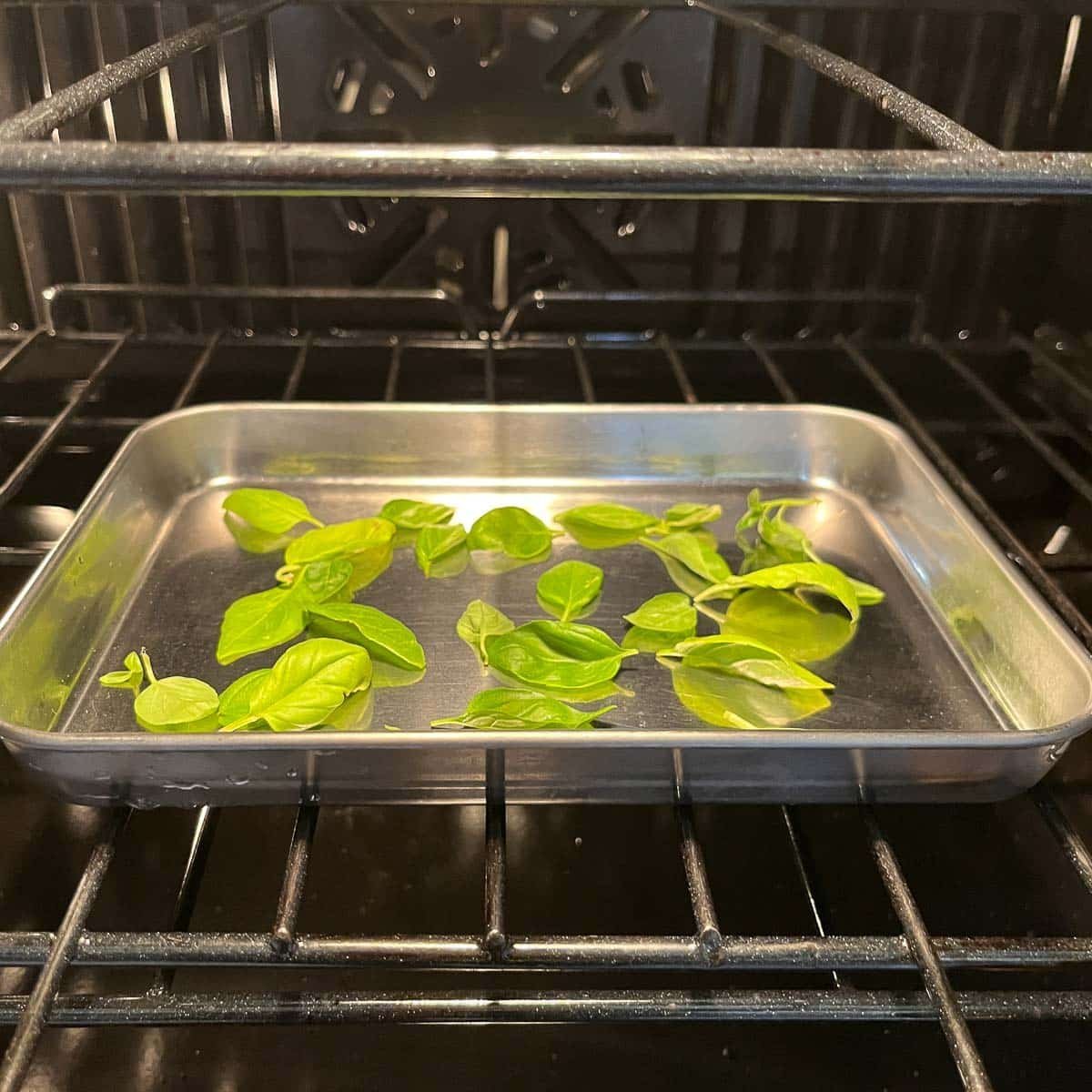
You can use your oven to dry basil if you don’t have a dehydrator. Here’s how:
- Set your oven to the lowest temperature (usually 170-180°F or 75-80°C).
- Spread basil leaves on a baking sheet lined with parchment paper.
- Put the baking sheet in the oven.
- Prop the oven door open slightly to let moisture escape.
- Check the basil every 30 minutes.
- It should be dry in 2-4 hours.
Oven drying is faster than air drying, but you need to watch it closely to make sure the basil doesn’t burn.
Microwave Drying

Microwave drying is the fastest method, but it can be tricky. Here’s how to do it:
- Place a single layer of basil leaves between two paper towels.
- Microwave on high for 1 minute.
- Check the leaves. If they’re not completely dry, microwave for 30 more seconds.
- Repeat until the leaves are crisp and crumbly.
Be careful with this method. It’s easy to burn the basil if you microwave it for too long.
How to Tell When Basil is Dry
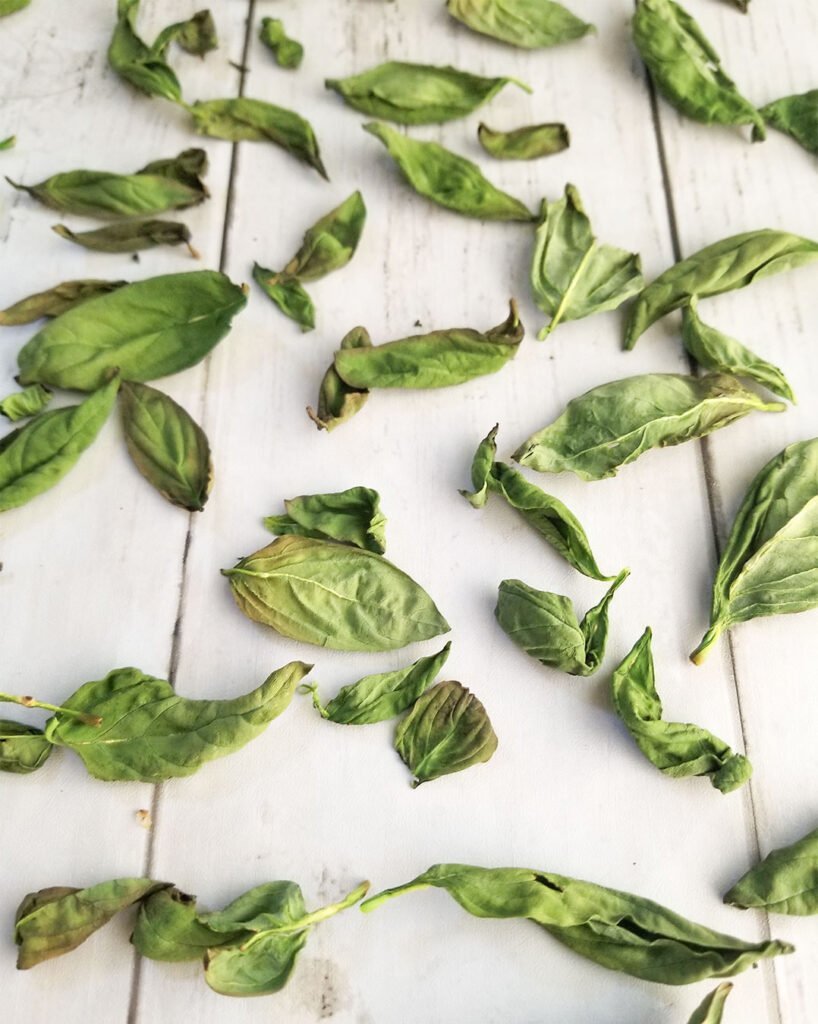
No matter which method you use, you’ll know your basil is dry when:
- The leaves are crisp and crumbly.
- They break easily when you bend them.
- There’s no moisture left in the leaves.
If the leaves are still soft or flexible, they need more drying time.
Storing Dried Basil
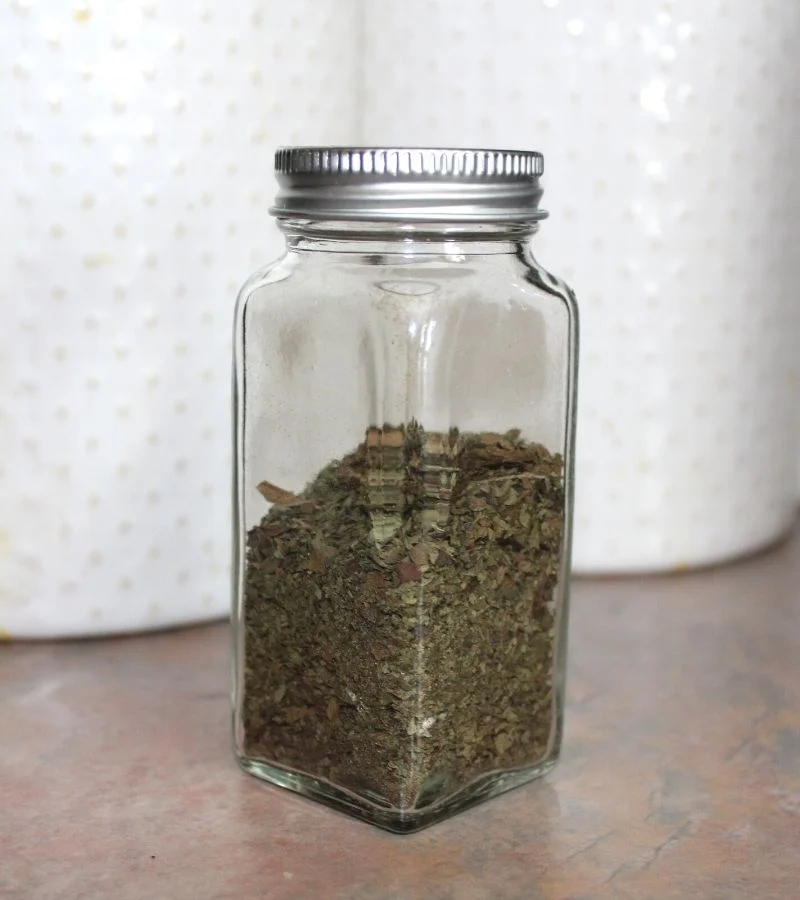
Once your basil is dry, you need to store it properly:
- Crumble the leaves with your hands or use a food processor to make a powder.
- Store in an airtight container like a glass jar or plastic container with a tight lid.
- Keep it in a cool, dark place like a pantry or cupboard.
- Label the container with the date.
Properly stored, dried basil can last up to a year, but it’s best to use it within 6 months for the best flavor.
Using Dried Basil
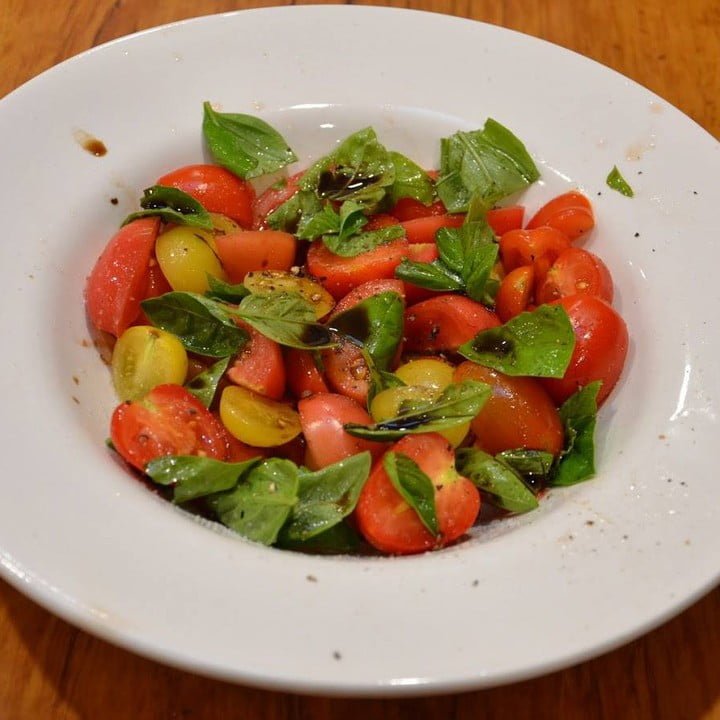
Dried basil is stronger than fresh basil. Use about 1/3 of the amount of dried basil compared to fresh in recipes. For example, if a recipe calls for 1 tablespoon of fresh basil, use 1 teaspoon of dried basil.
Dried basil works well in:
- Soups and stews
- Pasta sauces
- Pizza toppings
- Salad dressings
- Marinades for meat or vegetables
The USDA provides information on the nutritional value of dried basil, which can be helpful when cooking.
Tips for Success
Here are some extra tips to help you dry basil successfully:
- Don’t mix different types of basil when drying. Each type might dry at a different rate.
- If you’re air drying, make sure there’s good air flow around the basil bunches.
- Check for mold while drying, especially if you live in a humid area. If you see any mold, throw that bunch away.
- Store different batches of dried basil separately. This way, if one batch goes bad, you don’t lose all of it.
- Crush dried basil just before using it for the best flavor.
Common Problems and Solutions
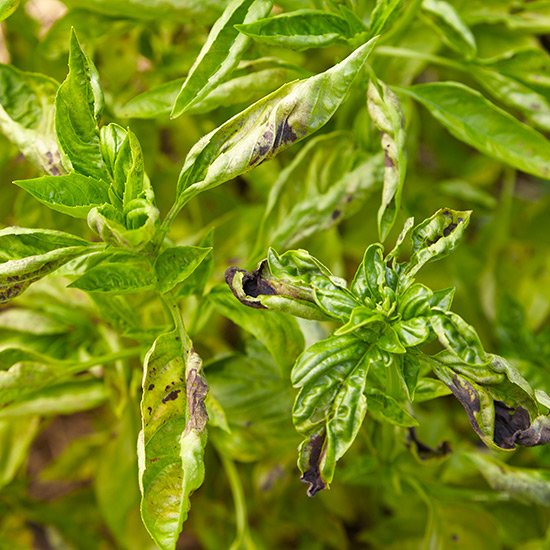
Sometimes things don’t go as planned. Here are some common problems and how to fix them:
- Basil turns brown: This usually happens when it’s dried at too high a temperature. Try a lower temperature next time.
- Basil gets moldy: This means there’s too much moisture. Try a faster drying method or use a fan to increase air circulation.
- Dried basil has no flavor: This could mean it’s old or was stored improperly. Always use airtight containers and replace your dried basil every 6-12 months.
- Basil leaves stick to the drying surface: Use parchment paper or silicone mats to prevent sticking.
Growing Your Own Basil
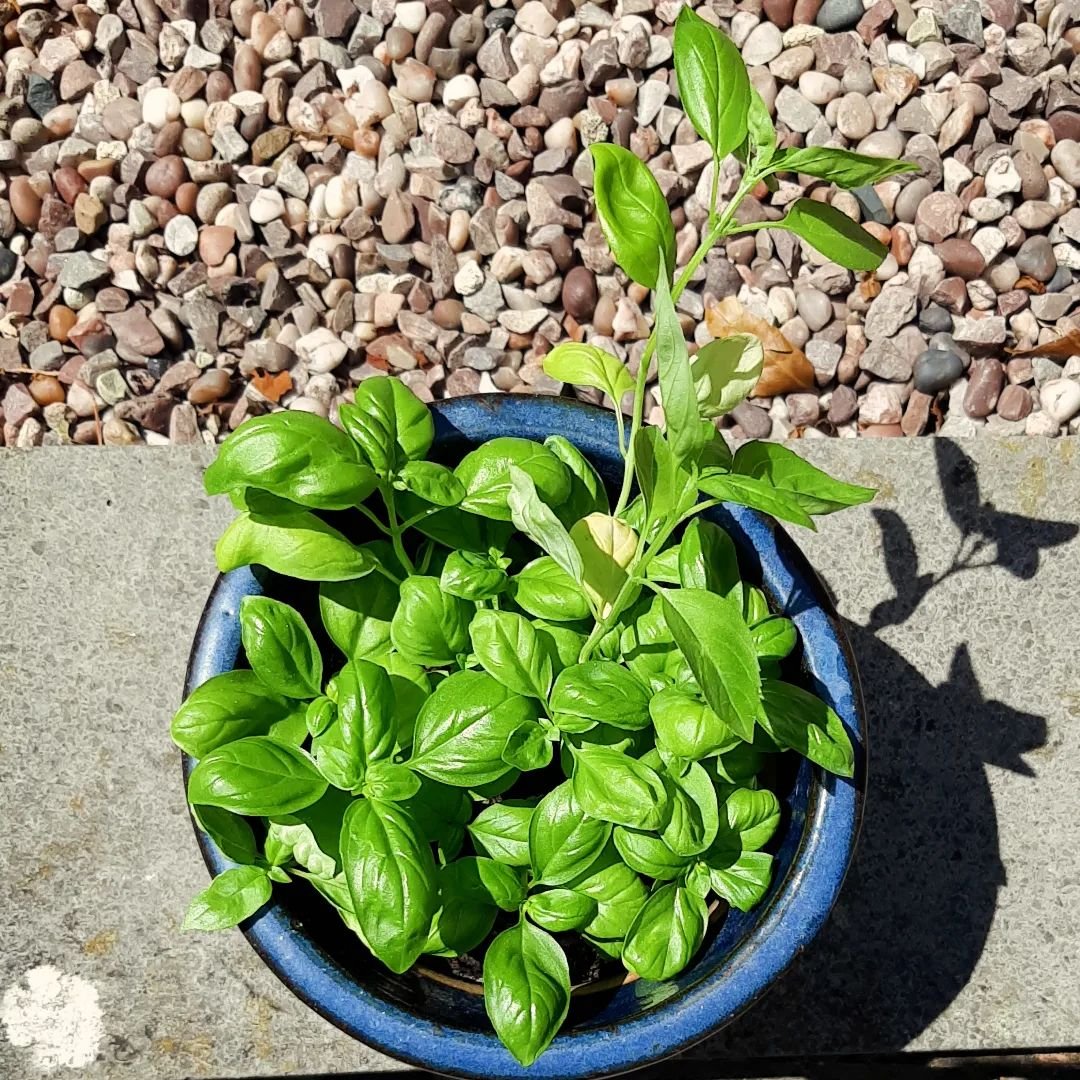
If you enjoy using basil, consider growing your own. It’s easy to grow in pots or in a garden. The Cooperative Extension System offers advice on growing herbs like basil.
When you grow your own basil:
- You’ll always have fresh basil on hand.
- You can dry basil whenever you have extra.
- You know exactly how your basil was grown.
Drying basil is a simple way to preserve this tasty herb. Whether you choose to air dry, use a dehydrator, oven or microwave, you can easily dry basil at home. Remember to store it properly and you’ll have flavorful basil to use in your cooking all year round.
With this guide, you’re ready to start drying your own basil. It’s a fun and useful skill that can help you reduce food waste and always have this popular herb on hand. Happy drying!